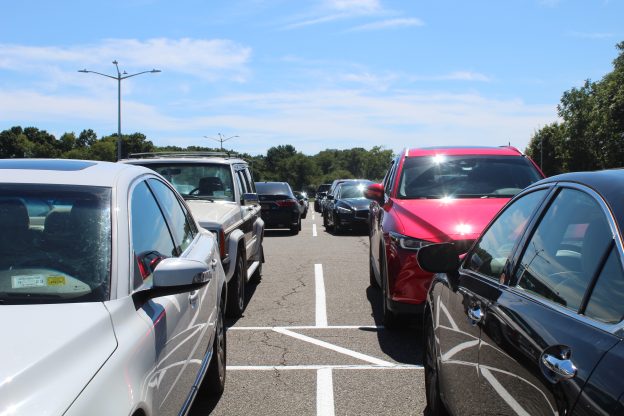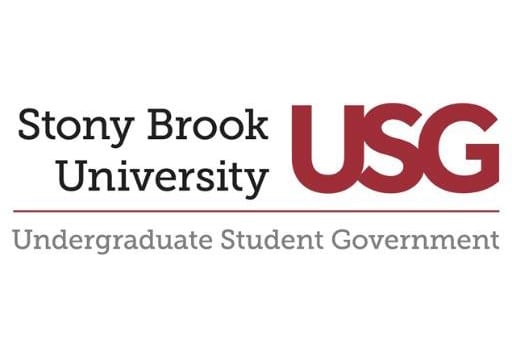
Kevin Chacon is an English master’s student at Stony Brook University. The Statesman received this letter in response to the article “How students are reacting to MAPS’ parking proposal.”
As you leave the parking lot, a shadowy figure stomps its way to the front of your car with malevolent intent. Helplessness paralyzes your body, and you see the Mobility and Parking Services (MAPS) officer lick his lips as he tucks a yellow envelope under a windshield wiper. “This’ll show them,” he mutters, rubbing his hands together, satisfied that you’ll have to pay $40 out of pocket — on top of all your other school expenses — if you ever want to use your SOLAR account again.
This is the grim reaper many students imagine when they think about MAPS here at Stony Brook University — a department whose reign of terror is expected to have sovereignty to the very edges of campus if the planned parking changes for this fall are implemented.
The current parking system works for me. It’s not great, but it’s doable. If it were up to me, I would not change it, and I say this as someone who only recently gained another option besides Lot 40, which I used exclusively during my undergraduate track. Crowded buses, a bump in the time of commute to the main campus, the walk everyday back to the bus stop at the Loop — whatever. Graduate school scheduling and lax parking restrictions after a certain time of day creates wiggle room for me now, but I would not be grossly offended at the prospect of having to pay $10 monthly to go back to that tomorrow.
However, what is frustrating to me is not MAPS’ decision to have all students and staff pay for parking, but for them to do so through a tier system that advantages those who can afford to pay the highest premiums. This implementation penalizes lower-income individuals, implicitly depriving many of them of time they already do not have. Busy students with pressed schedules who have their hands too full to find employment, or those who already do have jobs and are struggling to make ends meet, are punished more severely under this system. They’re being forced into treks from the outskirts of campus while remaining part of the same academic cohort as peers who do not come from similar backgrounds. Students with less financial resources are squeezed tighter and ultimately pigeonholed deeper if they want to compete.
Two students are taking the same class — one can afford premium parking and the other can only feasibly pay for basic “satellite” parking. They both live the same distance away, yet when they both leave at the same time and only the basic-plan student arrives late to class, what is the message?
Dear Editor: Don’t just quote students complaining about having to pay more. We all get it, having to pay more for anything stinks! And yes, “it’s the principle,” and “it adds up.” But as opposed to your favorite streaming service’s decision to go tiered with its subscription plans, the consequence of this change isn’t having to pay more to watch the new Netflix original in 4K instead of standard hi-def — it’s accessibility to our education! “I think it’s inequitable.” Yes, but why is it inequitable? This is why.
What might be most insidious about the plan is that it divides and conquers opinion. Those who are not compelled to speak out against the changes are those for whom they would be negligible. They might ultimately benefit from having separated parking spaces by having uncontested access to the most privileged parking zones closest to campus. Outcry will be generated from one side but not the other, and at worst the two groups will bicker amongst themselves, which makes damage control for MAPS and their proposed plan that much easier. Of the most compelling arguments made by MAPS in defense of these changes is that Stony Brook has been exceptional regarding its parking fees; compared to other SUNY campuses and non-urban AAU institutions, SBU has been undercharging students for parking for years.
Yet, why does a need to increase parking fees have to preclude alternative plans to do so unilaterally? You bet that the other SUNY campuses being used for comparison don’t have a tiered parking system. SUNYs such as Binghamton charge a fixed fee to all students year-round. The University at Buffalo charges students no additional cost, because it funds parking through its transportation fees. Yes, “Stony Brook’s parking services are self-funded, meaning that tuition dollars, student fees and SUNY funding are not allocated to support … operations,” or so MAPS counters. But the burden of intentional mismanagement of funds so that our University can keep disingenuously touting that its “fees are among the lowest of any of its SUNY Center peers and other public colleges and universities” falls completely on students’ pockets.
So why carve the campus into different parking sectors that only students from certain tax brackets can access instead of creating a higher flat-fee for everyone? Digs about a “pay to win” parking system that have surfaced since the first implementation of commuter premium parking last year have come, disturbingly, to reflect an unironic reality.
















